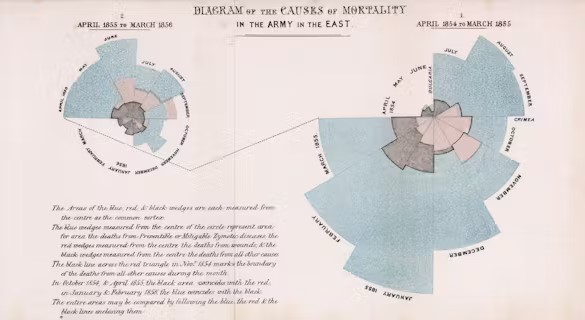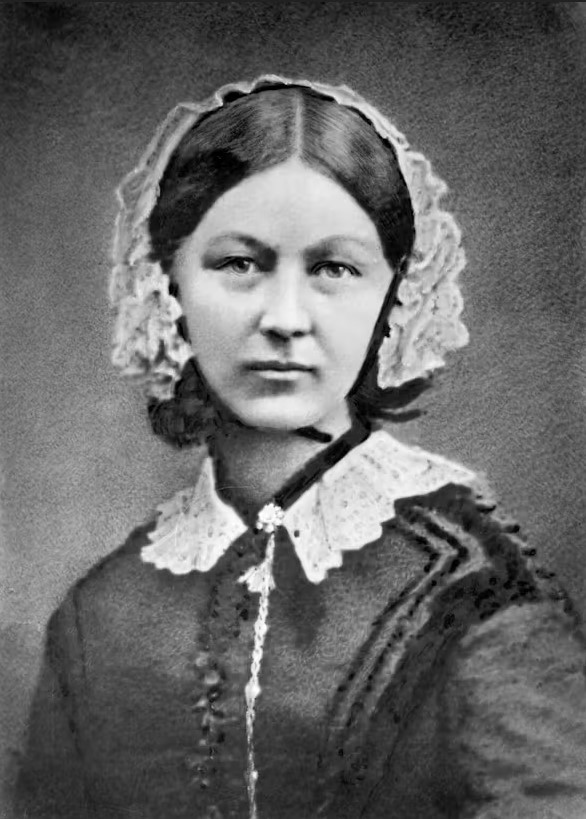Florence Nightingale is a fascinating personality that was born into a wealthy Victorian family. However, throughout her life she chose a tough life of service. She was known for her work during the Crimean War. During the war she tended to wounded soldiers and helped revolutionize nursing practices.
This service helped her get the nickname “The Lady with the Lamp.” However, many people are unaware that she was also a statistician. She was the first woman admitted to the Royal Statistical Society.

It is fitting that Florence Nightingale was chosen to be the first woman (aside from Queen Elizabeth II in 1960) featured on a UK banknote. Not only was she a trailblazer in her field, but she also advocated for social reform and women’s rights. Her influence on healthcare and nursing practices is still felt today, and her work has been recognized globally.
She was also a pioneer when it came to visualization of statistical data. Her methods used diagrams to show increased mortality rates in the British army in India. Her diagrams showed the increased mortality was due to overcrowding and poor sanitary conditions. It allowed her to campaign for improved sanitary conditions in the East. It also helped reduce mortality rates among English soldiers in India from 69 to 18 per 1000.

In recent years, the Bank of England has continued to feature women on its banknotes, including author Jane Austen and scientist Rosalind Franklin. These women are role models for future generations, and their legacy serves as a reminder of the significant contributions that women have made throughout history.




